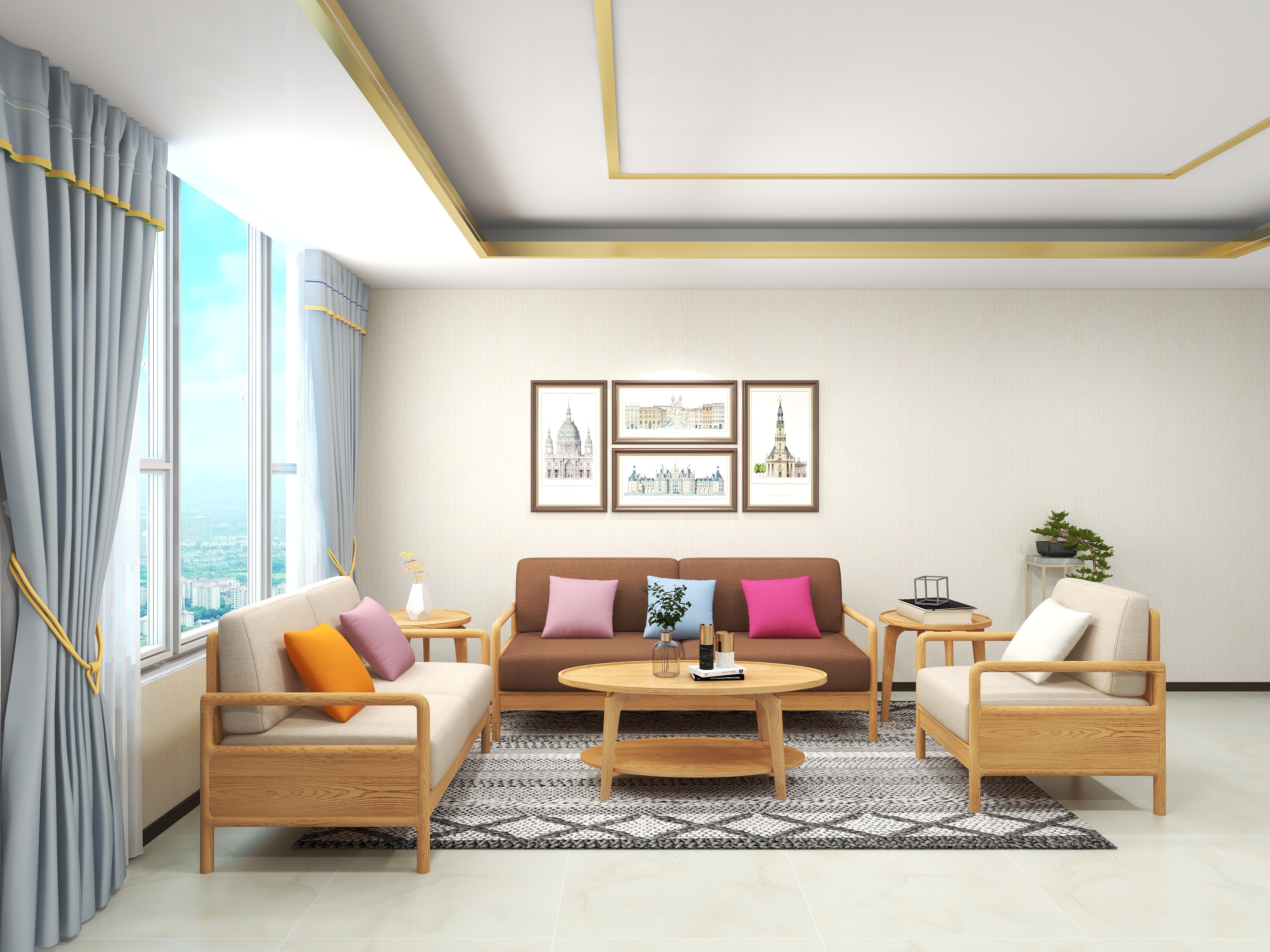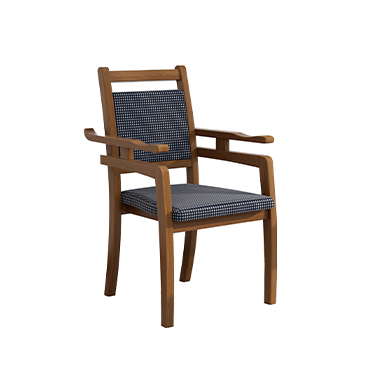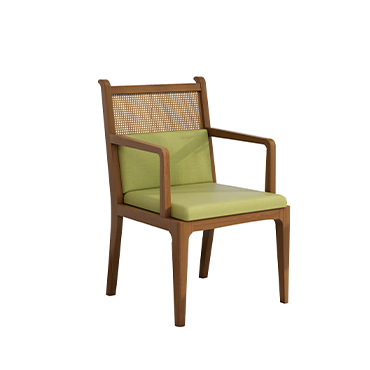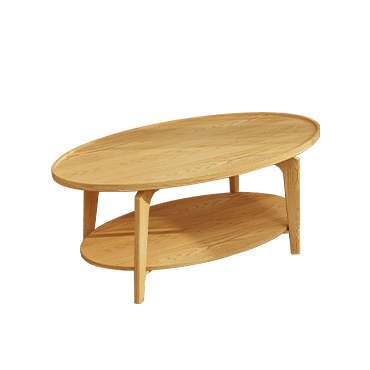How Age-Friendly Furniture Enhances Social Interaction Among Seniors
As global aging accelerates, creating warm, interactive spaces for seniors has become a key focus for families, communities, and care facilities. Age-friendly furniture is not just about comfort and safety—it also plays a vital role in fostering communication, connection, and emotional well-being.
1.Creating Open and Social Layouts
Modular & Movable Furniture: Lightweight, easy-to-move chairs, side tables, and benches allow seniors to naturally form small groups and choose how they gather.
Circular or Semi-Enclosed Layouts: Arranging seating around a table, greenery, or water feature encourages face-to-face interaction.
Multi-Functional Common Areas: Set up card game areas, reading corners, or tea lounges with senior-friendly tables and chairs to promote casual socializing.
2.Prioritizing Comfort and Accessibility
Proper Seat Height and Depth: Chairs should make sitting down and standing up easier, especially for those with limited mobility, which encourages independent participation.
Supportive Armrests and Backrests: Provide a sense of security and help with transitions, increasing usage frequency.
Soft Materials and Warm Colors: Help seniors feel more relaxed and willing to stay in the space longer.
3.Encouraging Interactive Furniture Functions
Large Round or Oval Tables: Ideal for group conversations, meals, or games—fostering connection among family members or peers.
Shared Seating Designs: Dual chairs, face-to-face benches, or group dining sets naturally invite interaction.
Built-in Activity Features: Tables with puzzle spaces, chess boards, or drawing areas invite collaborative activities.
4.Supporting Cognitive and Emotional Engagement
Storytelling Furniture Pieces: Furniture with traditional or nostalgic design can spark memories and serve as conversation starters.
Color-Zoned Areas: Using different furniture colors in different spaces helps guide movement and encourages exploration.
Interactive Storage Units: Display cabinets for photos, crafts, or personal items can stimulate sharing and storytelling among peers.
5.Applying to Both Homes and Communities
In private homes: Age-friendly balcony chairs or adjustable-height tea tables can support interactions with neighbors and family.
In public areas: Install senior seating with shade structures in community courtyards to create inviting “chat corners” for daily socializing.
Conclusion
Interaction is the emotional nutrition for older adults. With thoughtful design, age-friendly furniture can improve not only safety and convenience but also spark more frequent and meaningful social engagement. Let’s reimagine furniture as a bridge to connection and companionship, not just a tool for daily life.





